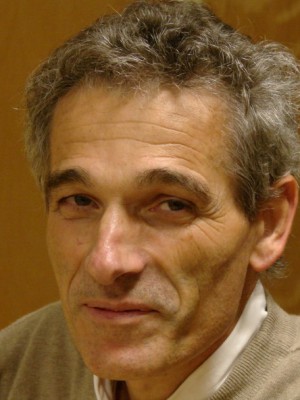abstract
In the present study, catalytic gasification of biomass was investigated by incorporation of a supported Fe2-xMnxO3 catalyst into the freeboard zone of a bubbling fluidized bed gasifier. The material was processed by combining incipient wetness impregnation with microwave-assisted firing methods. These catalysts were characterized by elemental, structural and microstructural analyses, and redox testing by thermogravimetry. Catalytic performance was assessed by comparison with blank tests and used to study the influence of the catalyst temperature, equivalence ratio and gas hourly space velocity on tar decomposition. The catalyst revealed higher activity in converting tar compounds with increasing temperature and equivalence ratio, while increasing the gas hourly space velocity showed a negative impact on catalyst performance. Under optimal operating conditions, the catalyst exhibited a significant impact on tar conversion (83 %) and gasification parameters, such as the gas yield (0.81 to 0.93 Nm(dry,gas)(3).kg(dry,fuel)(-1)), carbon conversion efficiency (55.3 to 65.1 %) and cold gas efficiency (50.7 to 61.6 %). Post-mortem analysis of the tested catalyst provided further information on redox changes and their dependence on temperature, which were co-related with catalytic performance. Elemental mapping showed traces of sulphur, which increased with temperature and did not correlate with the catalytic performance; this was interpreted by thermodynamic modelling, based on the wide redox stability range of divalent manganese oxide and its enhanced tolerance to hydrogen sulphide.
keywords
STEAM GASIFICATION; SYNGAS PRODUCTION; MANGANESE; TAR; COMBUSTION; OLIVINE; GAS; PERFORMANCE; REDUCTION
subject category
Energy & Fuels; Engineering
authors
Ruivo, LCM; Gomes, H; Lopes, DV; Yaremchenko, AA; Vilas-Boas, C; Tarelho, LAC; Frade, JR
our authors
Projects
Novos conceitos de catalisadores para oxi-vapor gasificação de biomassa sem alcatrões. (NOTARGAS)
CICECO - Aveiro Institute of Materials (UIDB/50011/2020)
CICECO - Aveiro Institute of Materials (UIDP/50011/2020)
Associated Laboratory CICECO-Aveiro Institute of Materials (LA/P/0006/2020)
Collaboratory for Emerging Technologies, CoLab (EMERGING TECHNOLOGIES)
acknowledgements
The authors acknowledge the financial support through projects NOTARGAS (ref. POCI-01-0145-FEDER-030661) . Thanks to the Portu-guese Foundation for Science and Technology (FCT) /Ministry of Sci-ence, Technology and Higher Education (MCTES) for the financial support to CESAM (UIDP/50017/2020+UIDB/50017/2020+LA/P/0094/2020) , and CICECO-Aveiro Institute of Materials (UIDB/50011/2020, UIDP/50011/2020 & LA/P/0006/2020) , through national funds. The authors also acknowledge the Portuguese Foundation for Science and Technology for providing financial support to the PhD scholarship granted to Luis Ruivo (ref. SFRH/BD/129901/2017) and Helena Gomes (ref. 2020.09864.BD) . Daniela V. Lopes acknowledges the support of her research fellow grant (ref. BI/UI50/9051/2020) withing the SIDERWIN project (SIDERWIN-DLV-768788 - Horizon 2020/SPIRE10) .





